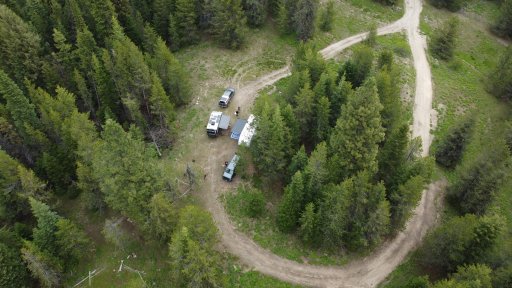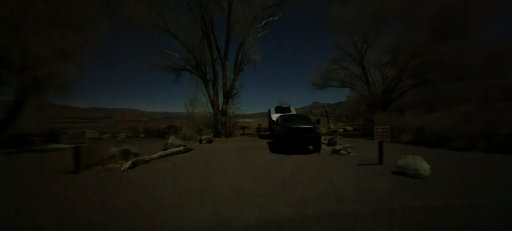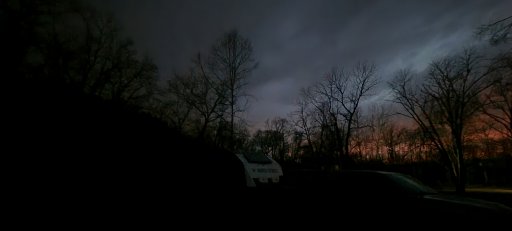
Advocate I
Hello everybody!
I am gradually working on building out a mobile office for remote work while overlanding. I was almost set to pull the trigger on Starlink RV, when I read a couple of thoughtful reviews which pointed out that it is not the all-in-one solution I was hoping it was (if such a thing exists). I'm hoping that there are some community members that can share their experiences with the various options that exist out there.
My remote work does not involve much videoconferencing, though voice conferences are routine. Mostly I do data entry and review documents. I use 350-450GB of data per month between work and home (mostly for home), though this would be less on the road, and doesn't need to be super high speed in any case (I am limited by a work VPN to relatively low speed). So the cap a lot of hotspots have of 20gb before throttling isn't a big deal (as long as the throttling isn't ridiculous). However, it is essential that I have the most reliable connection possible which offers at least some connectivity.
My main concerns with Starlink are the requirement for an unobstructed sky view and the fact that it runs on 120V only. The sky view would be an issue in most campsites I have used. I mainly camp national forests and other public lands available in the eastern US. I do not have any desire to camp RV parks and things like that, where I may as well just pay for their wifi anyway. When I can get to the western US, that is less of an issue, but it's still a limiting factor in mountain valleys, for example. There may not be a viable solution for mountain valleys, and I can plan around that, but that still leaves me without solutions for forested areas. I know there is a hack for running Starlink on 12V, but while I'm relatively handy, splicing wires on expensive gear when I don't really know what I'm doing is more than I'm willing to take on. I have a 1500w modified sine wave inverter, but I'm hesitant to rely on it for long periods of time. My deep cycle is already powering a mini-fridge, fan, and charging electronics. So efficiency is important. As with everything gear-wise, this is a balancing act.
So the other options appear to be something like Nomad wireless, or a combination of a wireless hotspot in conjunction with a signal booster or MIMO router (or both?), and that's where the options become mind boggling to me.
What I'm really looking for is an exact setup someone has had good luck with. Someone who also likes to go to relatively remote spots to camp, and where their setup has allowed them at least some minimal level of reliable connectivity (where a plain cell phone may not have worked). I can accept I won't have signal everywhere, but I'm hoping to get gear that can open up more areas to me.
Thanks in advance, and happy overlanding!
I am gradually working on building out a mobile office for remote work while overlanding. I was almost set to pull the trigger on Starlink RV, when I read a couple of thoughtful reviews which pointed out that it is not the all-in-one solution I was hoping it was (if such a thing exists). I'm hoping that there are some community members that can share their experiences with the various options that exist out there.
My remote work does not involve much videoconferencing, though voice conferences are routine. Mostly I do data entry and review documents. I use 350-450GB of data per month between work and home (mostly for home), though this would be less on the road, and doesn't need to be super high speed in any case (I am limited by a work VPN to relatively low speed). So the cap a lot of hotspots have of 20gb before throttling isn't a big deal (as long as the throttling isn't ridiculous). However, it is essential that I have the most reliable connection possible which offers at least some connectivity.
My main concerns with Starlink are the requirement for an unobstructed sky view and the fact that it runs on 120V only. The sky view would be an issue in most campsites I have used. I mainly camp national forests and other public lands available in the eastern US. I do not have any desire to camp RV parks and things like that, where I may as well just pay for their wifi anyway. When I can get to the western US, that is less of an issue, but it's still a limiting factor in mountain valleys, for example. There may not be a viable solution for mountain valleys, and I can plan around that, but that still leaves me without solutions for forested areas. I know there is a hack for running Starlink on 12V, but while I'm relatively handy, splicing wires on expensive gear when I don't really know what I'm doing is more than I'm willing to take on. I have a 1500w modified sine wave inverter, but I'm hesitant to rely on it for long periods of time. My deep cycle is already powering a mini-fridge, fan, and charging electronics. So efficiency is important. As with everything gear-wise, this is a balancing act.
So the other options appear to be something like Nomad wireless, or a combination of a wireless hotspot in conjunction with a signal booster or MIMO router (or both?), and that's where the options become mind boggling to me.
What I'm really looking for is an exact setup someone has had good luck with. Someone who also likes to go to relatively remote spots to camp, and where their setup has allowed them at least some minimal level of reliable connectivity (where a plain cell phone may not have worked). I can accept I won't have signal everywhere, but I'm hoping to get gear that can open up more areas to me.
Thanks in advance, and happy overlanding!







